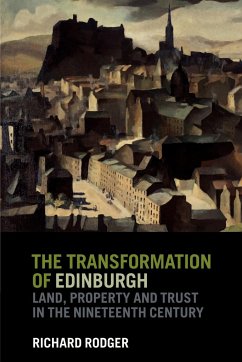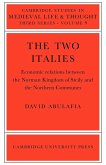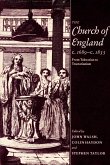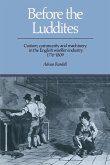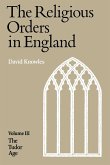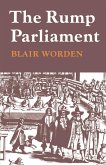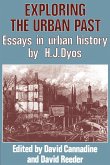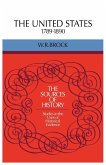This is a study of the physical transformation of Edinburgh in the nineteenth century.
This clear and lucid study explores the physical transformation of Edinburgh in the nineteenth century. It is based on a formidable amount of new archival research and enriched with fascinating illustrative material. In a powerful analysis of how the law adapted under intense pressure from institutions and individuals to new possibilities for profit, Richard Rodger shows how urban expansion was financed. Victorian 'feudalism', he argues, was reasserted. As a consequence, durable housing was created, though at densities and at costs which had adverse consequences for the tenement dwellers within. Trusts, educational endowments and the Church were each instrumental in this process. The urban environmental damage associated with intensive building and overcrowding is also explored, as are the public health and co-operative responses which they prompted. Historians - whether political, urban, economic, social or legal - will find challenging new insights here, which have a resonance far beyond the confines of one city. Winner of the 2003 Frank Watson Prize.
Table of content:
Part I. Urban Frameworks: 1. Introduction; 2. Institutional power and landownership: the nineteenth-century inheritance; 3. Victorian feudalism; 4. Building capital: Trusts, loans and the kirk; 5. The building industry and instability; Part II. Building Enterprise and Housing Management: 6. The search for stability; 7. Industrial suburb: developing Dalry; 8. The genesis of a property owning democracy? 9. Landlord and tenant; 10. Post-script: 'Firmiter et Durabile': the construction of legitimacy; Part III. Complementary Visions of Society: 11. Co-operation and mutuality: 'the colonies' and the Edinburgh Co-operative Building Company; 12. Civic consciousness, social consciences and the built environment; 13. Adornment, ego and image: the decoration of the tenement; 14. Conclusion: Re-inventing the city.
This clear and lucid study explores the physical transformation of Edinburgh in the nineteenth century. It is based on a formidable amount of new archival research and enriched with fascinating illustrative material. In a powerful analysis of how the law adapted under intense pressure from institutions and individuals to new possibilities for profit, Richard Rodger shows how urban expansion was financed. Victorian 'feudalism', he argues, was reasserted. As a consequence, durable housing was created, though at densities and at costs which had adverse consequences for the tenement dwellers within. Trusts, educational endowments and the Church were each instrumental in this process. The urban environmental damage associated with intensive building and overcrowding is also explored, as are the public health and co-operative responses which they prompted. Historians - whether political, urban, economic, social or legal - will find challenging new insights here, which have a resonance far beyond the confines of one city. Winner of the 2003 Frank Watson Prize.
Table of content:
Part I. Urban Frameworks: 1. Introduction; 2. Institutional power and landownership: the nineteenth-century inheritance; 3. Victorian feudalism; 4. Building capital: Trusts, loans and the kirk; 5. The building industry and instability; Part II. Building Enterprise and Housing Management: 6. The search for stability; 7. Industrial suburb: developing Dalry; 8. The genesis of a property owning democracy? 9. Landlord and tenant; 10. Post-script: 'Firmiter et Durabile': the construction of legitimacy; Part III. Complementary Visions of Society: 11. Co-operation and mutuality: 'the colonies' and the Edinburgh Co-operative Building Company; 12. Civic consciousness, social consciences and the built environment; 13. Adornment, ego and image: the decoration of the tenement; 14. Conclusion: Re-inventing the city.

